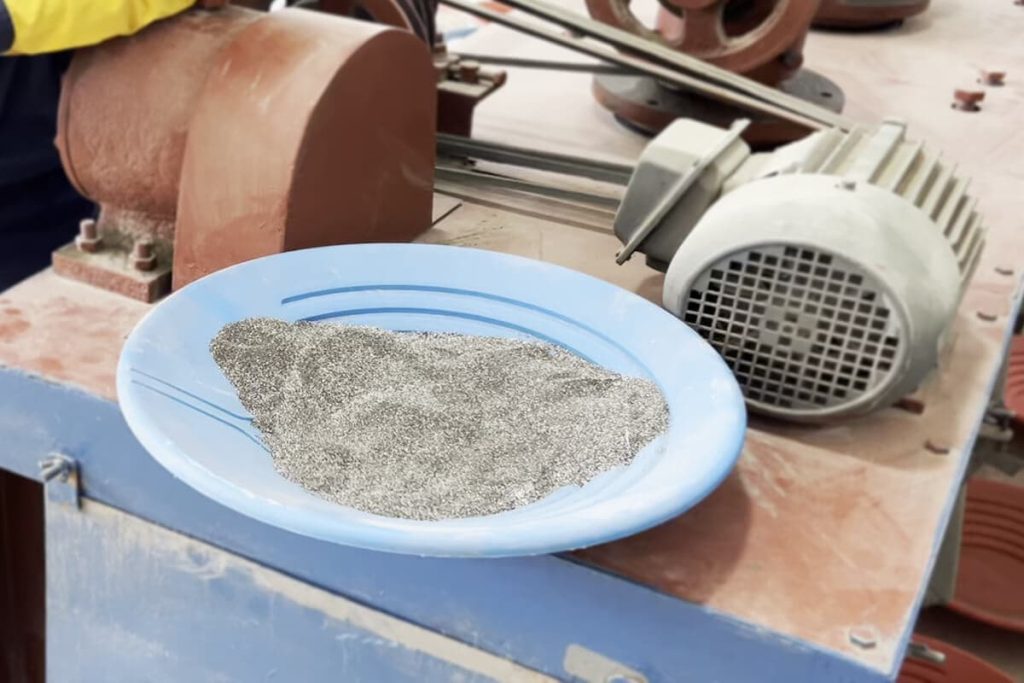Tungsten and tin are two key elements that are widely used in various industries, such as electronics, aerospace, construction, and metallurgy, because of their unique properties. Therefore, accurate testing ensures the extracted ore meets specific purity and impurity requirements. This guarantees high quality and optimum performance of the final products manufactured from these materials. By analyzing the concentration of tungsten and tin in ore, mining companies can assess whether it is worth investing in mining or processing operations. This information enables them to make informed decisions regarding resource allocation, equipment procurement and market forecasting. However, thorough analysis and mineral separation testing of tungsten tin ore is essential to ensure product quality and compliance with industry standards.
Tungsten-Tin Ore Analysis
Laboratory tungsten-tin ore test analysis is the preliminary analysis of tungsten-tin ore samples to understand the ore’s main properties, components and potential value. These test analyses provide basic data and guidance for subsequent more detailed ore analysis and smelting processing. The following are the general steps of laboratory tungsten-tin mineral analysis:
1. Chemical composition analysis: through wet chemical analysis methods, such as titration, colorimetry, flame atomic absorption spectrometry, etc., the main elements and chemical components in tungsten-tin ore samples are quantitatively analyzed. This would include the content of tungsten and tin and possibly other elements such as iron, copper, lead, etc.
2.Mineral composition analysis: Microscope, X-ray diffractometer (XRD) and other instruments are used to analyze the mineral composition of the sample.
3. Spark spectrometry analysis: Spark spectrometry analysis is carried out on tungsten-tin ore samples to determine the content of metal elements such as tungsten and tin.
4. X-ray fluorescence spectrometry (XRF) analysis: X-ray fluorescence spectrometer is used for rapid non-destructive analysis of samples to determine the content of each element in tungsten-tin ore.
According to the analysis results of laboratory tests, the ore’s quality, composition and mineral composition are determined. These data will provide an important basis for subsequent beneficiation, smelting and processing techniques. It usually offers important basic data for subsequent in-depth chemical analysis, beneficiation tests, smelting and processing.

Tungsten-Tin Separation Test
The tungsten-tin ore separation test involves extracting and separating these two valuable metals from the raw ore.
1. Sample collection and preparation: Obtain samples from the ore to ensure the representativeness of the samples and carry out pretreatments such as crushing and grinding for subsequent experimental analysis.
2. Ore property analysis: Use the above chemical and physical property tests to determine the ore composition, mineral composition, hardness, density and other information.
3. Ore grinding: Grinding equipment will grind the sample into fine powder for better subsequent beneficiation experiments.
4. Mineral separation test operation
- Use the density difference between tungsten and tin in the ore through the gravity concentration test method, and select gravity separation equipment (such as gravity concentrator, spiral concentrator, etc.).
- Carry out flotation test on the concentrate obtained by re-election. Flotation is a physical and chemical process that uses the interaction of minerals with water and air bubbles to make useful mineral particles float instead of sinking. This can further increase the grade of useful minerals.
- For tungsten-tin ore containing magnetic minerals, our magnetic separation process can effectively separate tungsten and tin particles from other rock formations in the ore.
- Summary analysis: monitor and record various parameters in the test process, and evaluate and optimize the beneficiation process according to the test results.
We can effectively identify and separate tungsten and tin minerals through mineralogy analysis, gravity separation, flotation, magnetic separation, and other lab test services. It helps decision-making in ore resource assessment, beneficiation process design, and metallurgical process optimization. Asia-Africa International‘s comprehensive laboratory services have laid the foundation for further research on optimizing extraction methods and improving the processing efficiency of tungsten-tin ore. Accurate ore analysis enables miners to identify high-grade deposits, generating maximum return on investment while minimizing waste generation. The findings will aid in developing sustainable mining practices and ensure a steady supply of these critical metals. No matter which ore you are testing for analysis, the procedures and methods may vary depending on the characteristics of the laboratory equipment, standards and ore samples. Contact us online for a tailor-made laboratory solution!
